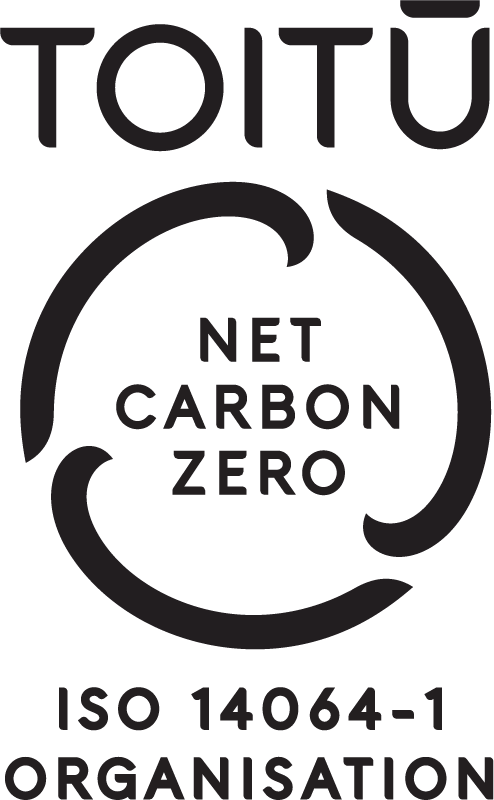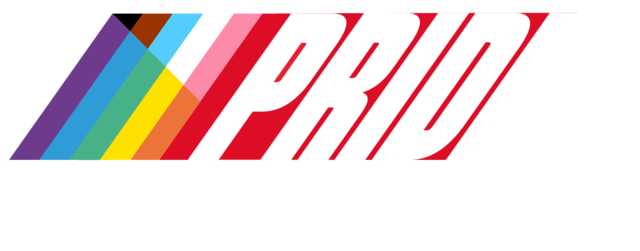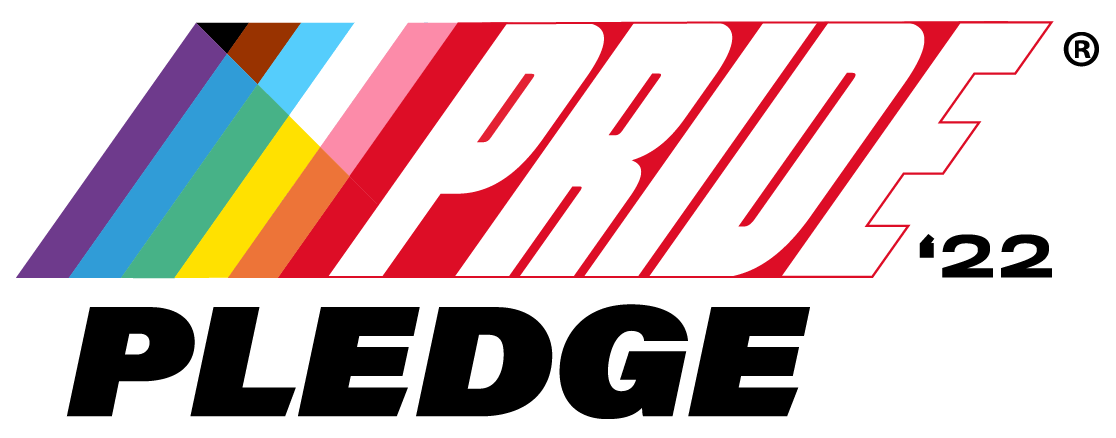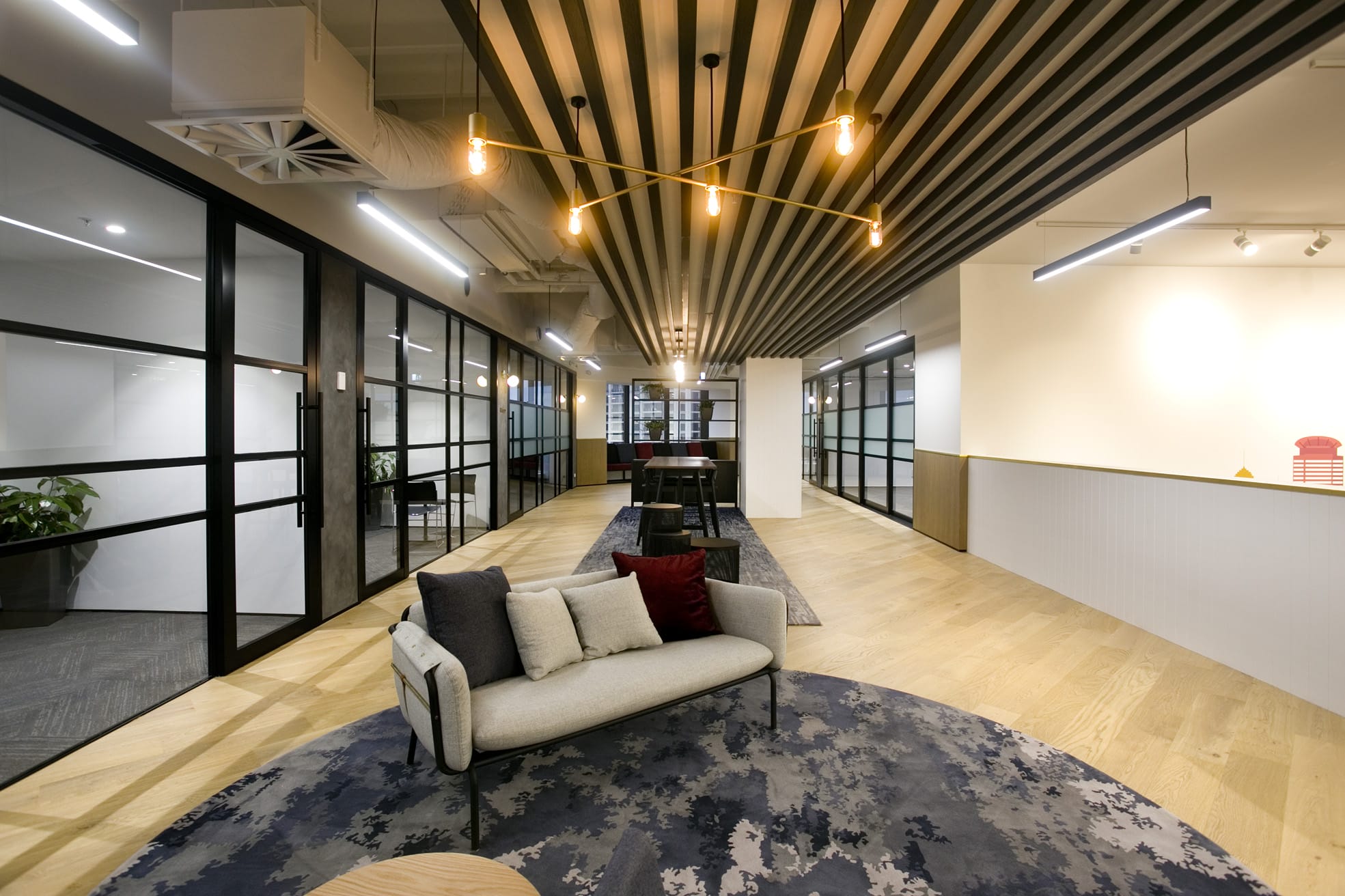

WORKPLACE Insights
The workplace design landscape is constantly evolving, influenced by a myriad of trends we’ve both researched and observed in our extensive project experience. Over the past 24 years, Spaceworks has completed nearly 2,000 projects, each deepening our understanding of how to design and build workspaces that align with the business and aspirational goals of our clients.
At Spaceworks, we believe the workplace revolves around people—our team and yours. Design trends can be categorised into key areas that, when executed optimally, drive human behaviour, benefiting both the employee and the business’s success.
A workplace design trend is a prevailing direction reflecting current collective preferences and innovative practices, propelled by technological advancements, shifts in human behaviour, and broader cultural changes, including forced adaptations like Covid. These trends are more than just fads; they are potent expressions of how workspaces can adapt to fulfill emerging needs—through sustainable practices, new technologies, enhancements to user well-being, or support for staff and client acquisition and retention. Engaging with these trends is essential for creating spaces that are not just aesthetically pleasing but also highly functional for today’s diverse and ever-changing workforce.
“If you think good design is expensive, you should look at the cost of bad design.” – Ralf Speth, Former CEO, Jaguar Land Rover.
Engaging with trends is not a choice; it’s a necessity if optimising opportunities and business is a priority. In a time when workplaces are challenged with employees changing jobs frequently, we must ensure the environments we provide support the team we employ. The trend categories we will discuss impact businesses both internally (supporting the team’s efficiency, visibility, value, and quality of work) and externally (relating to customer and prospect interactions). A priority in design investment is ensuring the business achieves a return on this investment and that the environment allows employees to excel both individually and collectively.
Trends are about challenging the status quo and embracing forward-thinking concepts. Although many would prefer to move away from the hybrid work model in New Zealand, it is here to stay in various forms for businesses. A key focus has been on how to create future workplaces that are the heart of any business, havens where individuals feel appreciated and connected to a larger purpose and community, with a strong emphasis on personal well-being. The time is now to prioritise people, foster the joy of working, and create a sense of abundance in our work environments.
Every fortnight, we will take you on a journey of learning where we will discuss key design theories. Each theory carries several concepts that we will dive deep into, providing you with actionable solutions on how to adopt these into your workplace via practical applications. Here’s a preview of the areas we’ll cover:
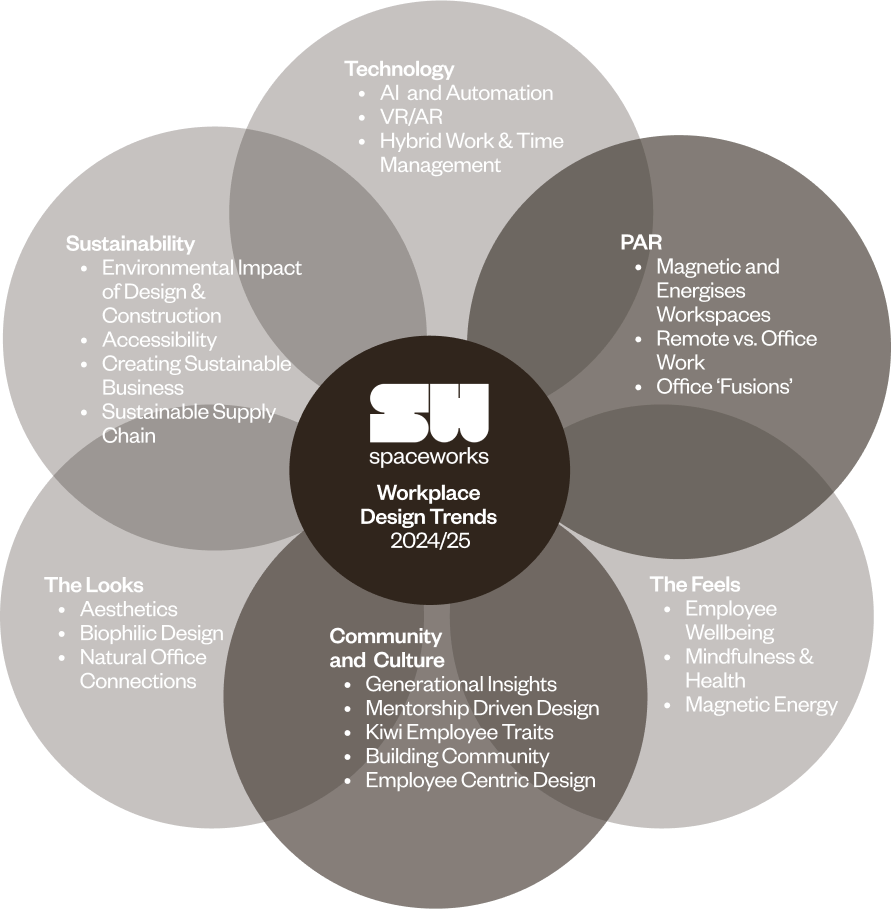

- PAR – Productivity, Acquisition, Retention
- Magnetic and Energised Workspaces: Creating environments that attract employees and support diverse energy needs.
- Remote vs. Office Work: Balancing home advantages with the need for office collaboration.
- Office ‘Fusions’: Integrating residential, hospitality, and retail elements to craft multifunctional spaces.
- Space Utilisation: Using metrics to optimise office layouts and functionality post-pandemic.
- The Feels
- Employee Well-being and Productivity.
- Mindfulness and Health: Prioritising designs that nurture mental and physical health.
- Wellness vs Wellbeing, the importance of both.
- Magnetic and Energised Workspaces: Creating environments that attract employees and where people want to come to work.
- The Looks
- Aesthetics aspects and the influence of design on the workplace.
- Biophilic Design: Incorporating natural elements to enhance well-being and productivity. The difference between plants in space and biophilic design.
- Natural Office Connections: Strong architectural themes in New Zealand focusing on indoor/outdoor connectivity.
- Technology
- AI and Automation: Leveraging AI to enhance workplace efficiency and maintenance.
- VR / AR – technology in the workplace.
- Hybrid Work and Time Management: Adapting spaces to support flexible schedules and hybrid working.
- Cultural and Community
- Generational Insights: Addressing the diverse needs and preferences across different age groups.
- Mentorship-Driven Design: Facilitating learning and interaction through thoughtful office layouts.
- Kiwi Employee Traits: Integrating New Zealand’s unique work culture into design.
- Building Community: Designing spaces that foster connection and build company culture.
- Employee-Centric Design: Tailoring environments to different personality types and work styles.
- Sustainability, ESG
- Environmental Impact of Design & Construction, the need to have workplaces evolve these practices and engage in continual improvement.
- Accessibility and Inclusivity: Ensuring all design elements are accessible and inclusive (DE&I).
- Creating sustainable businesses through design solutions.
- Sustainable supply chain in design and construction.
Join us as we explore these critical areas and help shape the future of your workplace.
Lizzi Whaley
CEO, Spaceworks Interior Architecture

